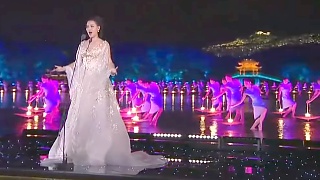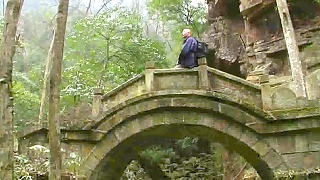These dancers, all of whom are deaf, were the opening act at the Olympic handover from Greece to China in Athens 2004.
[640],shadow=true,start=,stop= Expand Stop |
Live more ...
 Thousand-hand GuanYin, goddess of compassion : dance
Thousand-hand GuanYin, goddess of compassion : danceThese dancers, all of whom are deaf, were the opening act at the Olympic handover from Greece to China in Athens 2004.
[640],shadow=true,start=,stop= Expand Stop |

|
Dr. Rangan Chatterjee in conversation with Dr. William Li ...
|

|
With The Hutchinsons ...
|

|
A mix of classical and Chinese folk music staged on West Lake. Awesome !
Bonus films ...
HangZhou : 'Heaven on Earth' - Marco Polo
|

|
|

|
Korean vocal girl group.
Be My Baby - The Ronettes ...
Barbara Ann - Beach Boys ...
Summer Love ...
|

|
With Walk East ...
|

|
Near the city of ZhangJiaJie in central/south China
Filmed in January 2010.
|

|
With China Look Group ...
|